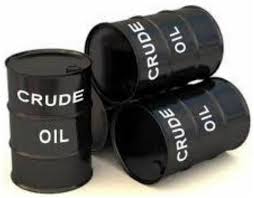The Organization of Petroleum Exporting Countries and its allies, (OPEC+), yesterday, agreed to proceed with a 648,000 b/d increase in its crude production quota for August, in line with what ministers agreed at a meeting earlier this month.
Under the agreed quota, Nigeria will pump 1.826 million barrels a day, the same quota it got for July.
The hike will return the group’s output targets to pre-pandemic levels, and conclude the now more than two-year process of returning to the market, in theory, all of the near 10mn b/d that OPEC and its non-OPEC partners removed in May 2020 in response to the Covid-induced collapse in world demand.
The decision to stick to the script and sanction the 648,000 b/d increase came at a time of accelerating inflation rates, higher oil prices and a recovery in global oil consumption that is contributing to a tightening of supply-demand balances. An Opec+ technical committee, last week, said it forsees a supply surplus of 1mn b/d this year, around 400,000 b/d down on the forecast it gave just four months earlier.

The production restraint agreement formally remains in force until the end of this year. But with production targets returning to pre-pandemic baseline levels in August, the group will no longer have a roadmap to follow should the market requires further supply in the coming months.
This is a potentially thorny issue given the inability of many in the group to raise production much beyond what they are now producing.
The OPEC+ group did plan to finish unwinding its cuts in September. But ministers decided at their last meeting to accelerate that process by one month, probably a concession to consumer countries like the United States that have repeatedly called on OPEC+ to raise production at a faster pace to help cool rising oil prices.
Front-month Ice Brent futures are around $115/bl today, up from $100/bl three months ago and from $75/bl at the start of the year.
Although the August increase in theory opens the door to the group producing at pre-pandemic levels, its output will in reality remain some way below that, limited by a combination of capacity constraints, chronic underinvestment, infrastructural collapse and sabotage in several OPEC+ countries.

